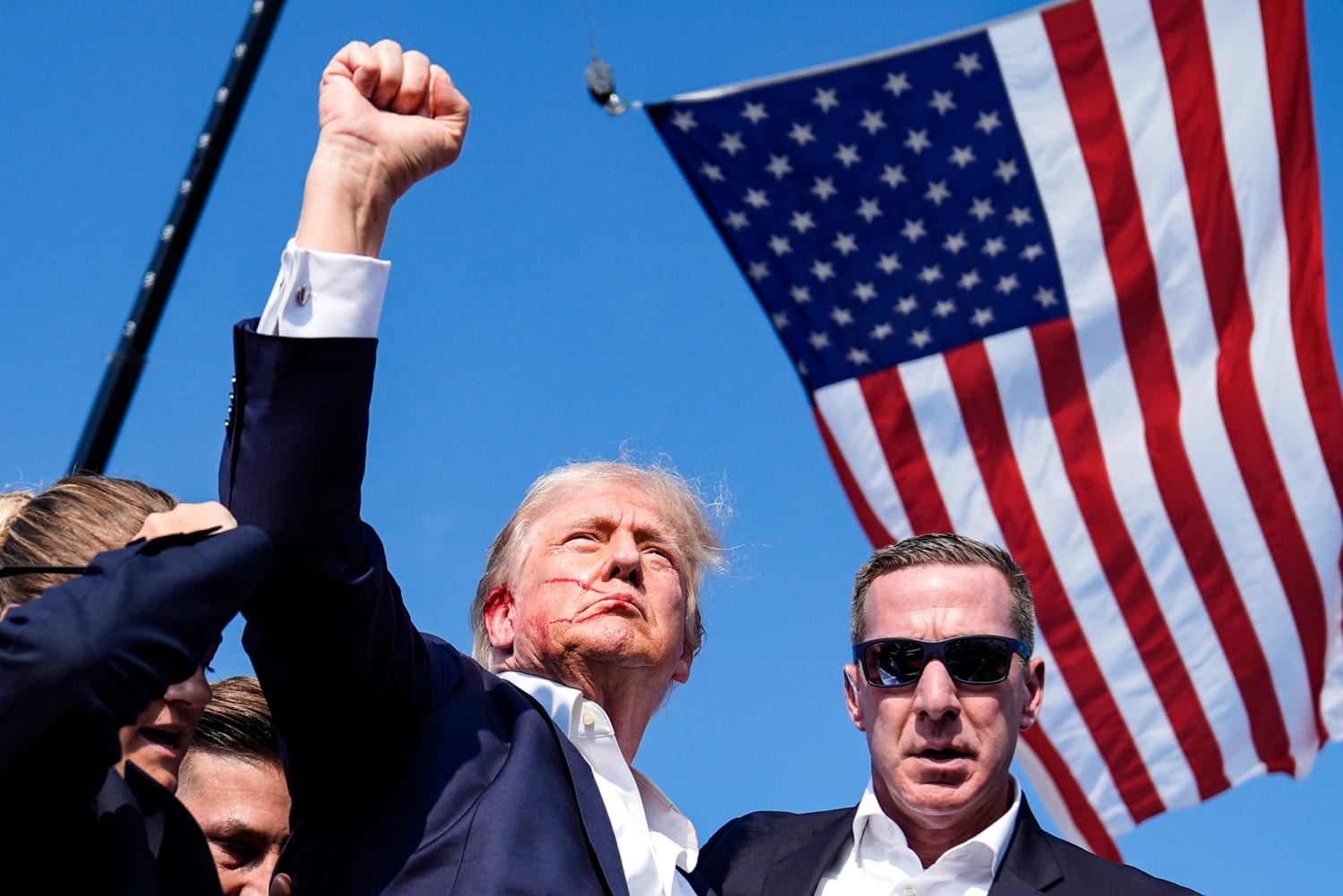
With just four days until Election Day, Vice President Kamala Harris and former President Donald Trump are preparing to campaign in Wisconsin, a pivotal battleground state that could be decisive in determining the outcome of the election. Both parties view Wisconsin as essential due to its swing-state status and the influence of key voter blocs, including urban voters in Milwaukee and Madison, and rural voters throughout the state. Harris and Trump are set to visit multiple cities, each aiming to galvanize support among their base while persuading undecided and swing voters.
Kamala Harris’s Campaign Focus
Harris’s campaign strategy in Wisconsin emphasizes progressive issues like healthcare, climate change, and economic reforms. She is expected to address concerns surrounding access to affordable healthcare, emphasizing efforts to expand the Affordable Care Act, strengthen Medicare, and reduce prescription drug prices. Another key focus is addressing climate change, with Harris highlighting her administration’s commitment to renewable energy investment and reducing carbon emissions. Harris is also likely to discuss recent economic measures, such as tax incentives for working families, student debt relief, and investments in small businesses, aimed at bolstering the middle class.
Harris’s events in Wisconsin will likely include visits to Milwaukee and Madison, strongholds for Democratic support. Her campaign team is organizing rallies and town halls, where she can connect directly with voters. Harris aims to increase voter turnout among young adults, women, and communities of color, particularly in urban areas, by highlighting issues that resonate with these groups. Additionally, she may target suburban areas where Democrats have made gains in recent elections.
Donald Trump’s Campaign Strategy
Donald Trump’s approach in Wisconsin focuses on rallying conservative and rural voters, stressing issues such as the economy, immigration, and Second Amendment rights. Trump’s campaign is promoting policies that prioritize economic growth, reduce regulations, and support job creation in industries like manufacturing and energy production. His team argues that the current administration’s policies have led to inflation and economic instability, and he promises a return to policies aimed at fostering a stronger, more resilient economy.
Trump’s campaign stops are expected to include rallies in areas like Green Bay and rural parts of Wisconsin, where he enjoys significant support. He is likely to focus on border security and law enforcement, two issues that resonate strongly with his base. Trump also plans to criticize the current administration’s handling of foreign policy, portraying it as ineffective and asserting that his leadership will restore America’s global standing.
Target Voter Demographics
Both campaigns are targeting specific voter demographics within Wisconsin. Harris’s campaign is focusing on younger voters, women, and people of color, groups that have shown increasing Democratic leanings in recent years. They are highlighting social justice, healthcare, and climate change as key issues. Harris is also working to sway suburban voters, who have become a critical swing demographic.
Trump’s campaign is concentrating on rural voters, blue-collar workers, and older voters, who generally support conservative policies on social and economic issues. Trump is emphasizing his stance on gun rights, border security, and pro-business economic policies, aiming to mobilize his base and attract undecided voters who are disillusioned with current economic conditions.
Strategic Importance of Wisconsin
Wisconsin has been a battleground state in recent elections, with close margins determining the outcome. In 2016, Trump won the state by a narrow margin, which was instrumental in his overall victory. However, in 2020, Biden carried Wisconsin, albeit by a slim margin. This year, both parties recognize Wisconsin’s potential to tip the scales, making it a prime focus for last-minute campaigning.
Wisconsin’s demographic and economic diversity, from urban centers to rural communities, means that candidates must appeal to a wide range of issues and concerns. The state’s 10 electoral votes could be crucial, especially if other key battleground states are closely contested.
Final Push and Voter Turnout Efforts
With only days remaining before the election, both campaigns are ramping up efforts to ensure high voter turnout. Harris’s team is focused on increasing mail-in and early voting participation, especially in urban areas. Trump’s campaign is working on mobilizing voters in rural regions, with a strong emphasis on Election Day turnout.
This final push in Wisconsin reflects the intense competition for every vote in the state. The outcome in Wisconsin could well determine the next president, making these visits by Harris and Trump
critical for both campaigns.
Be the first to comment